|
|
|
|
|
|
|
|
Photo Gallery for Carphophis amoenus - Common Wormsnake
| 41 photos are available. Only the most recent 30 are shown.
|
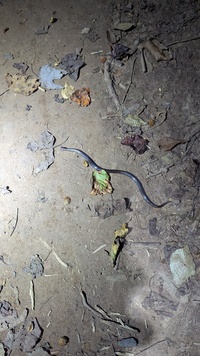 | Recorded by: J. Reynolds
Rockingham Co.
Comment: |  | Recorded by: G. Newman
Onslow Co.
Comment: |
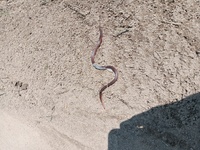 | Recorded by: Erin A. Bunch
Edgecombe Co.
Comment: | 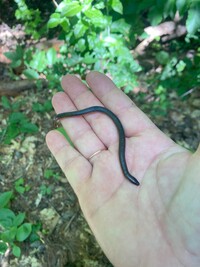 | Recorded by: Stephanie Willis
Guilford Co.
Comment: |
 | Recorded by: Stephanie Willis
Guilford Co.
Comment: |  | Recorded by: Erin A. Bunch
Hertford Co.
Comment: |
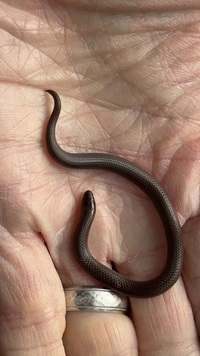 | Recorded by: Emily Stanley
Buncombe Co.
Comment: | 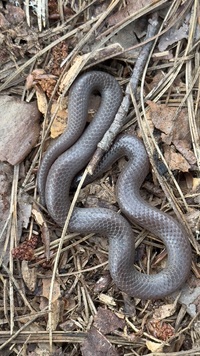 | Recorded by: Emily Stanley
Buncombe Co.
Comment: |
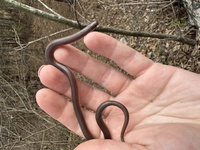 | Recorded by: Jackie Goodman
Scotland Co.
Comment: | 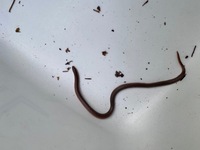 | Recorded by: Carol Tingley, Tom Howard
Chatham Co.
Comment: |
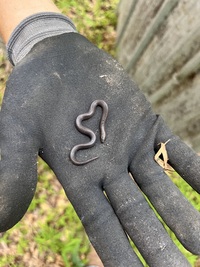 | Recorded by: M. Gentry, T. Chisholm
Iredell Co.
Comment: | 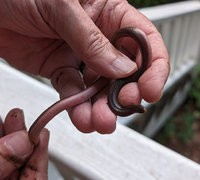 | Recorded by: Steve Hall and Dee Stuckey
Orange Co.
Comment: |
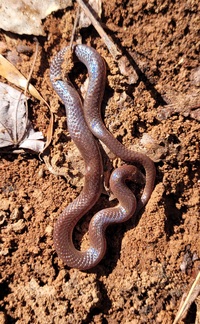 | Recorded by: Andrew W. Jones
Polk Co.
Comment: |  | Recorded by: Travis McLain
Cabarrus Co.
Comment: |
 | Recorded by: Travis McLain
Cabarrus Co.
Comment: |  | Recorded by: Travis McLain
Cabarrus Co.
Comment: |
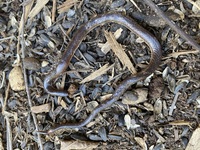 | Recorded by: Pat Momich
Madison Co.
Comment: | 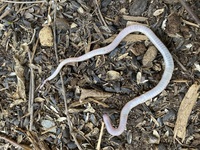 | Recorded by: Pat Momich
Madison Co.
Comment: |
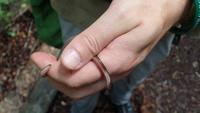 | Recorded by: Erich Hofmann and Kayla Weinfurther
Columbus Co.
Comment: |  | Recorded by: Terrell Tucker
Moore Co.
Comment: |
 | Recorded by: C. Teague, B. Bockhahn, C. Blake
Beaufort Co.
Comment: |  | Recorded by: A. Lasley
Burke Co.
Comment: |
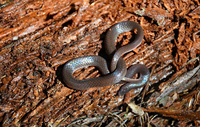 | Recorded by: J. Mickey
Wilkes Co.
Comment: | 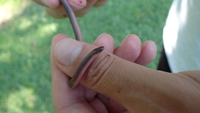 | Recorded by: Erich Hofmann
Craven Co.
Comment: |
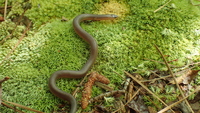 | Recorded by: Erich Hofmann
Craven Co.
Comment: | 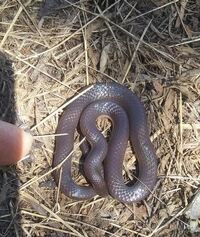 | Recorded by: Guy McGrane
Wilkes Co.
Comment: |
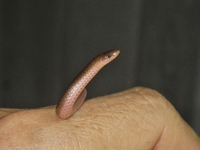 | Recorded by: j.wyche & Nathanial Williams
Gates Co.
Comment: | 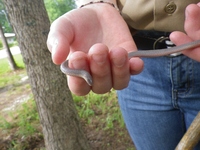 | Recorded by: j.wyche
Gates Co.
Comment: |
 | Recorded by: M. Griffin
Stokes Co.
Comment: | 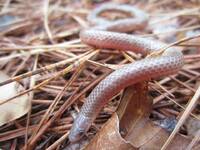 | Recorded by: Erich Hofmann
Craven Co.
Comment: |
|

 »
» 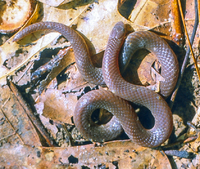

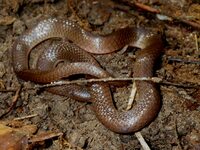

 »
» 

